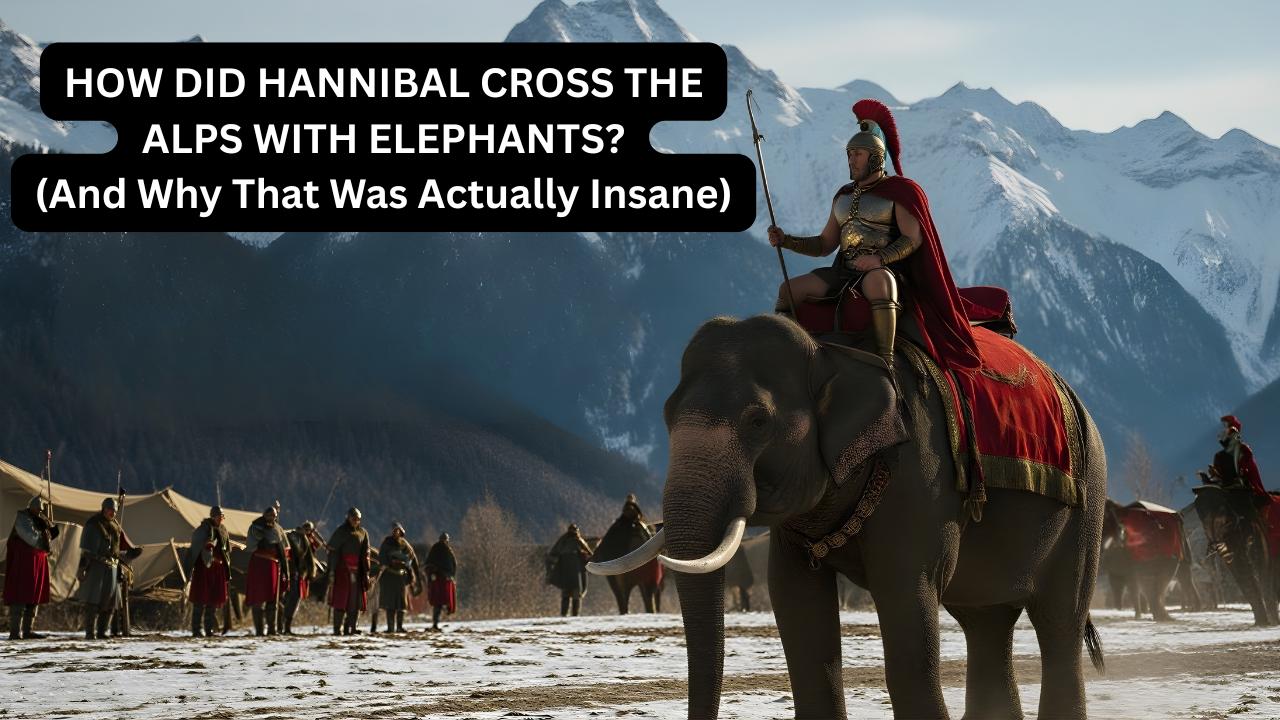Fri, Oct 24, 2025

Scientists estimate that about 700 million acres—roughly the size of Argentina—returned to forest and grassland during and after the Mongol conquests. That's not a small garden project. That's an area larger than the entire Amazon rainforest reforestation efforts of the past 50 years combined.
When forests regrow, they pull carbon dioxide out of the atmosphere and store it in trees, soil, and vegetation. The reforestation following Mongol conquests removed approximately 700 million tons of carbon from the atmosphere over the course of a century or so.
To put that in modern terms: that's equivalent to the annual carbon emissions of about 100 coal-fired power plants running for a decade. Or every car on Earth stopping operation for a full year. Or roughly the amount of carbon that modern climate change initiatives are desperately trying to capture and store using billions of dollars in technology.
Genghis Khan achieved it through the considerably less expensive (though morally horrifying) method of conquest and demographic collapse.
Ice core data from Antarctica and Greenland show measurable dips in atmospheric CO2 levels during this period. Tree ring data confirms the timing. Medieval climate records describe a cooling period that correlates with the Mongol conquests. Scientists can literally see the environmental impact of the Mongol Empire in geological records.
Wed, Oct 22, 2025

When the rabbits were released, they didn't scatter in terror like wild rabbits would. Instead, they did something completely unexpected: they charged directly at Napoleon and his hunting party. Not in a cute, hopping-over-to-say-hello way. In a swarming, overwhelming, borderline-terrifying way.
According to witnesses, the rabbits formed a furry tidal wave and rushed toward Napoleon with what can only be described as aggressive intent. They climbed up his legs, jumped on his coat, and basically treated the Emperor of France like a climbing structure. Napoleon tried to shoo them away. His men tried beating them back with riding crops and sticks. Nothing worked.
The great Napoleon Bonaparte, who had stared down enemy artillery fire and led cavalry charges, was forced to retreat to his carriage while being mobbed by rabbits. Even when he was inside the carriage, rabbits reportedly jumped in after him. He had to flee the scene entirely, essentially surrendering the field to an army of bunnies.
The explanation makes it even better: his chief of staff bought domesticated rabbits instead of wild ones. These rabbits weren't afraid of people—they associated humans with food. The "attack" was actually hundreds of hungry rabbits swarming toward dinnertime.





 Scientists estimate that about 700 million acres—roughly the size of Argentina—returned to forest and grassland during and after the Mongol conquests. That's not a small garden project. That's an area larger than the entire Amazon rainforest reforestation efforts of the past 50 years combined.
Scientists estimate that about 700 million acres—roughly the size of Argentina—returned to forest and grassland during and after the Mongol conquests. That's not a small garden project. That's an area larger than the entire Amazon rainforest reforestation efforts of the past 50 years combined. When the rabbits were released, they didn't scatter in terror like wild rabbits would. Instead, they did something completely unexpected: they charged directly at Napoleon and his hunting party. Not in a cute, hopping-over-to-say-hello way. In a swarming, overwhelming, borderline-terrifying way.
When the rabbits were released, they didn't scatter in terror like wild rabbits would. Instead, they did something completely unexpected: they charged directly at Napoleon and his hunting party. Not in a cute, hopping-over-to-say-hello way. In a swarming, overwhelming, borderline-terrifying way.